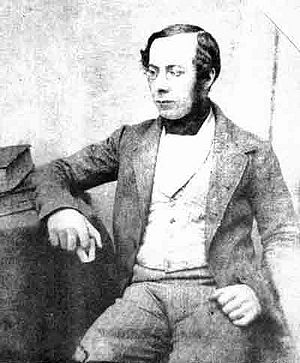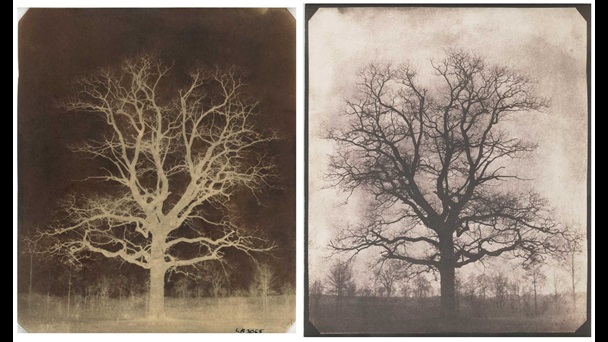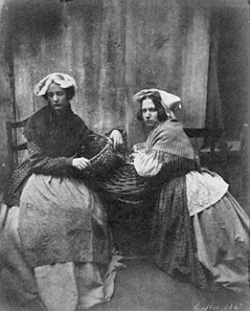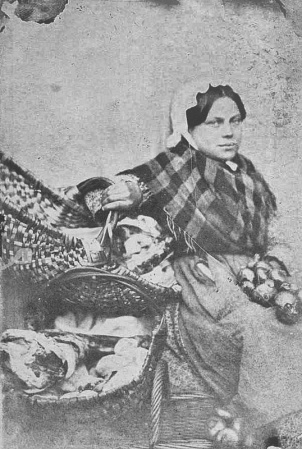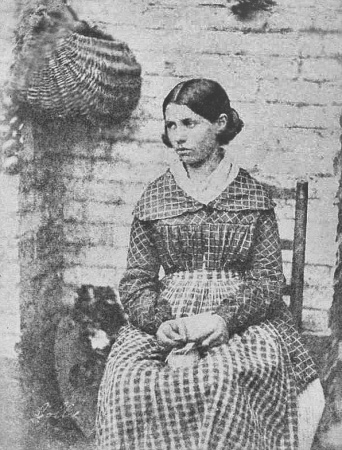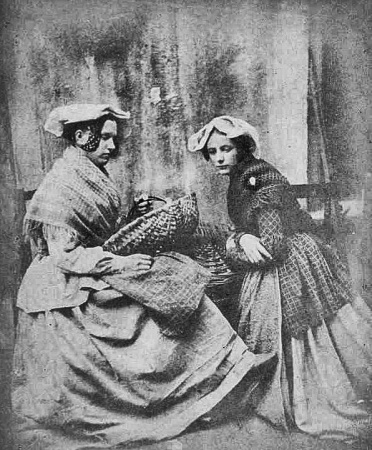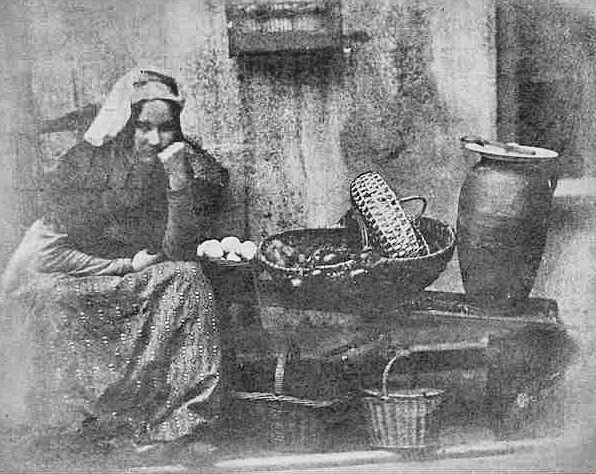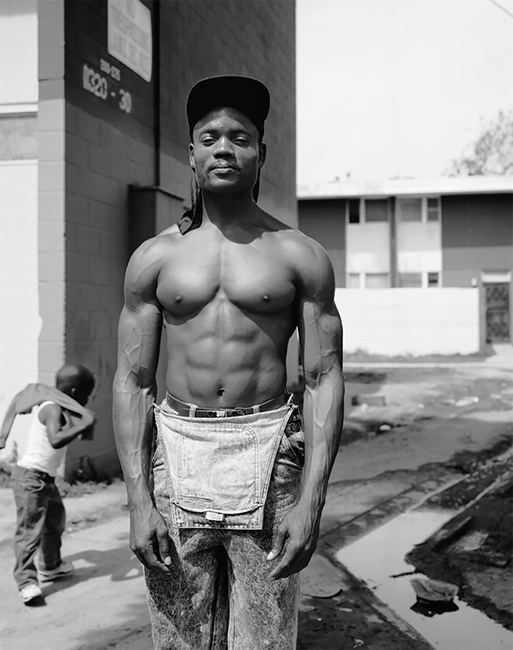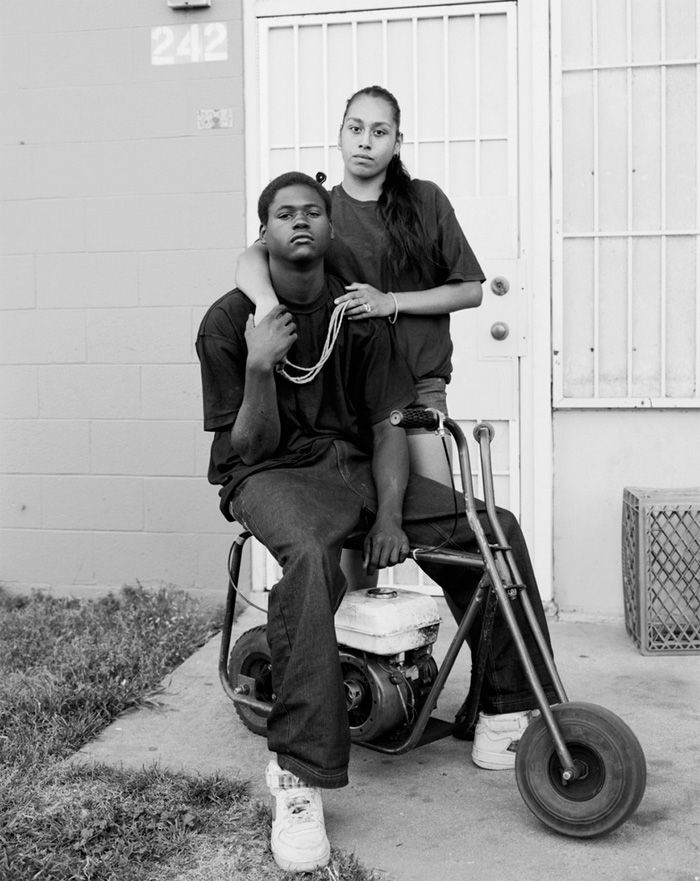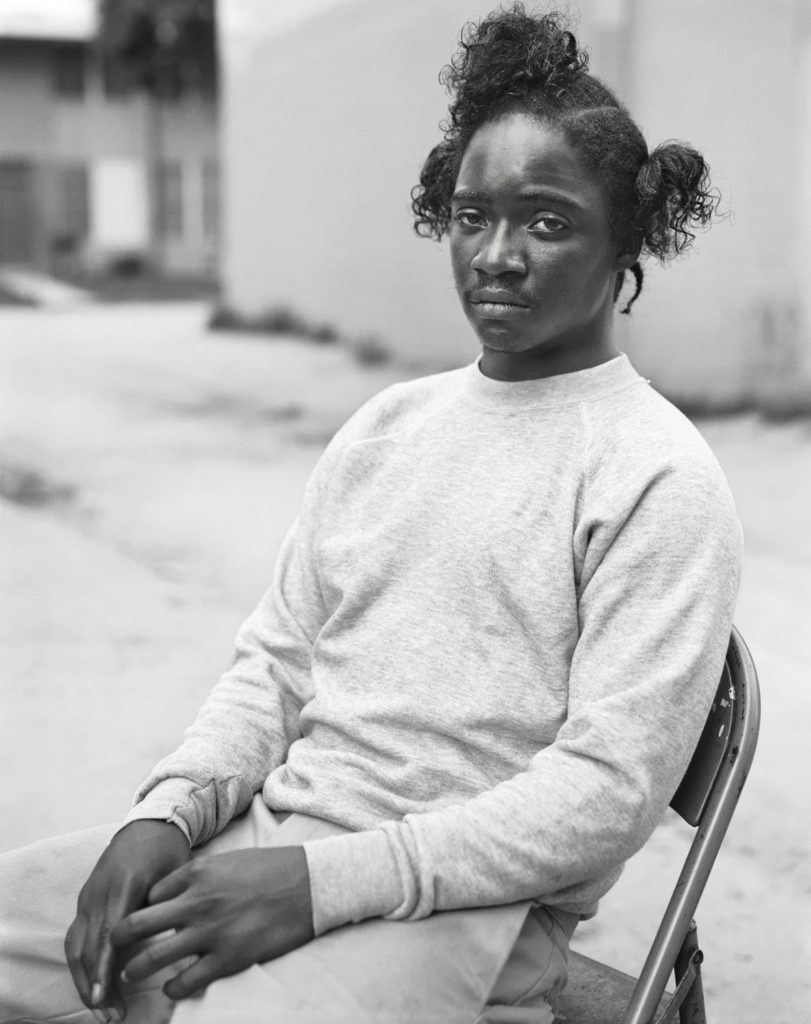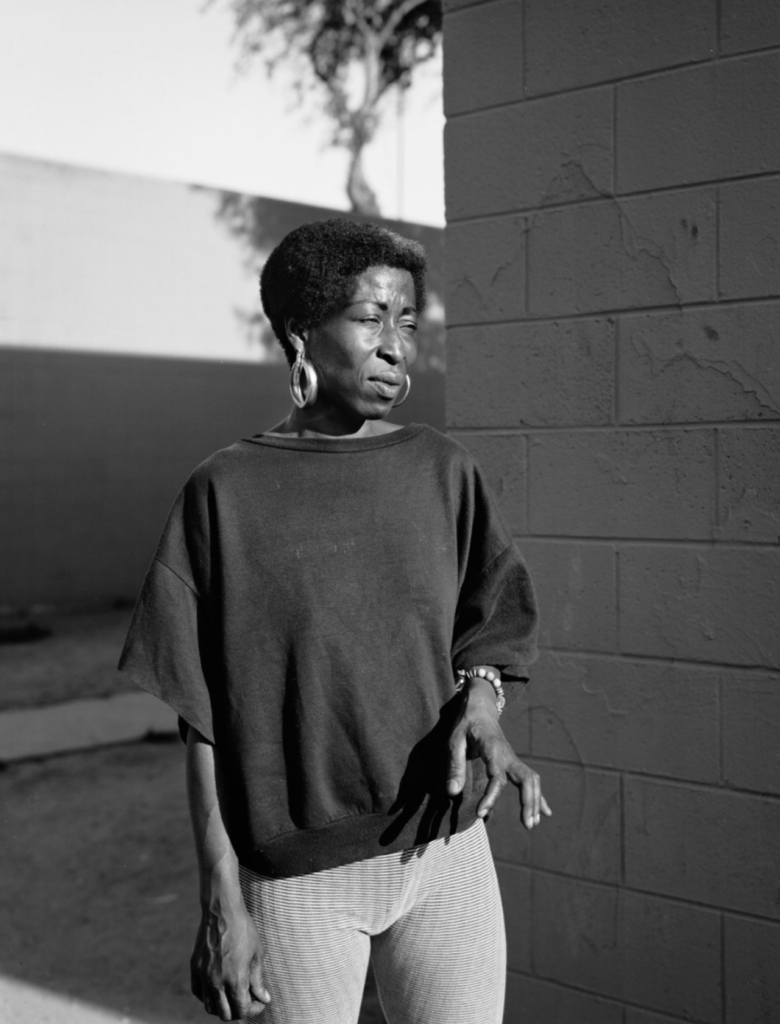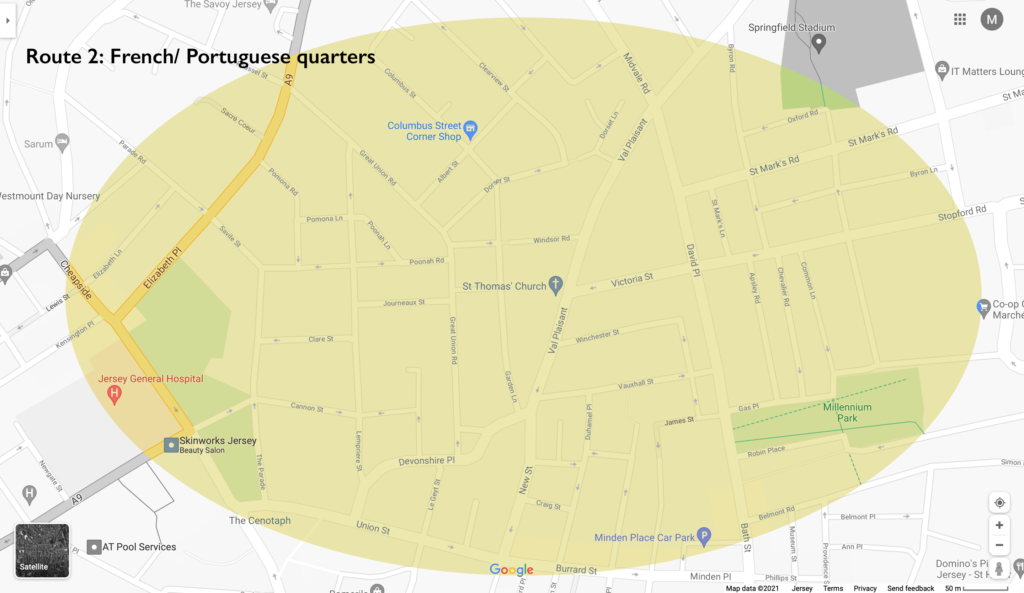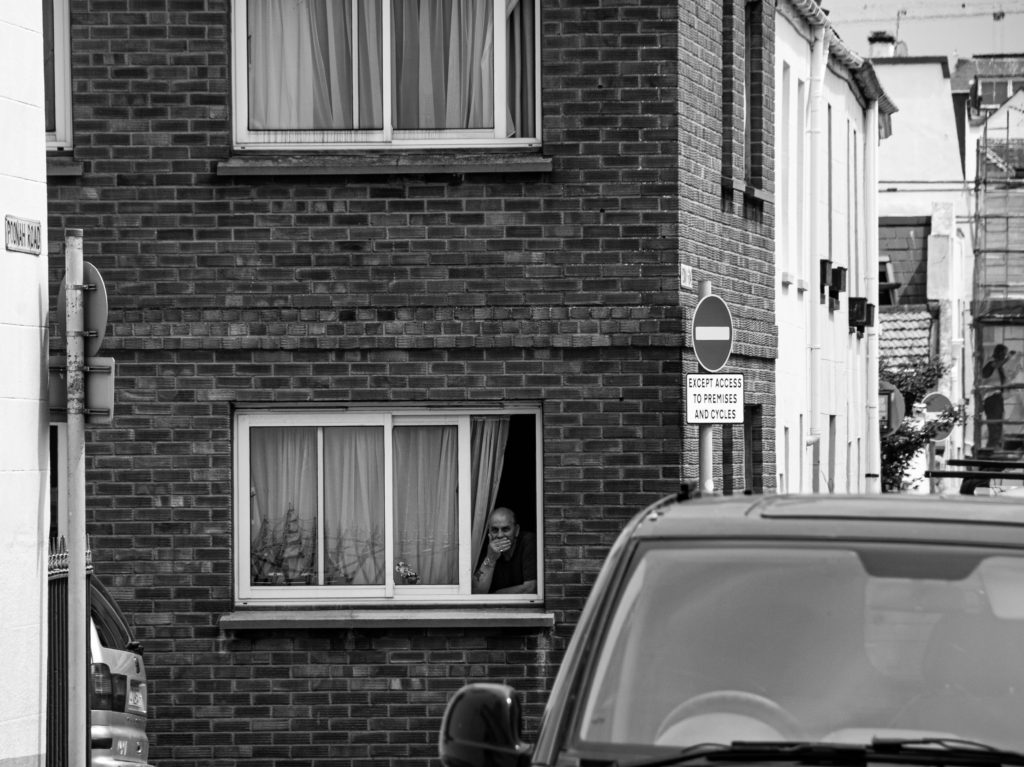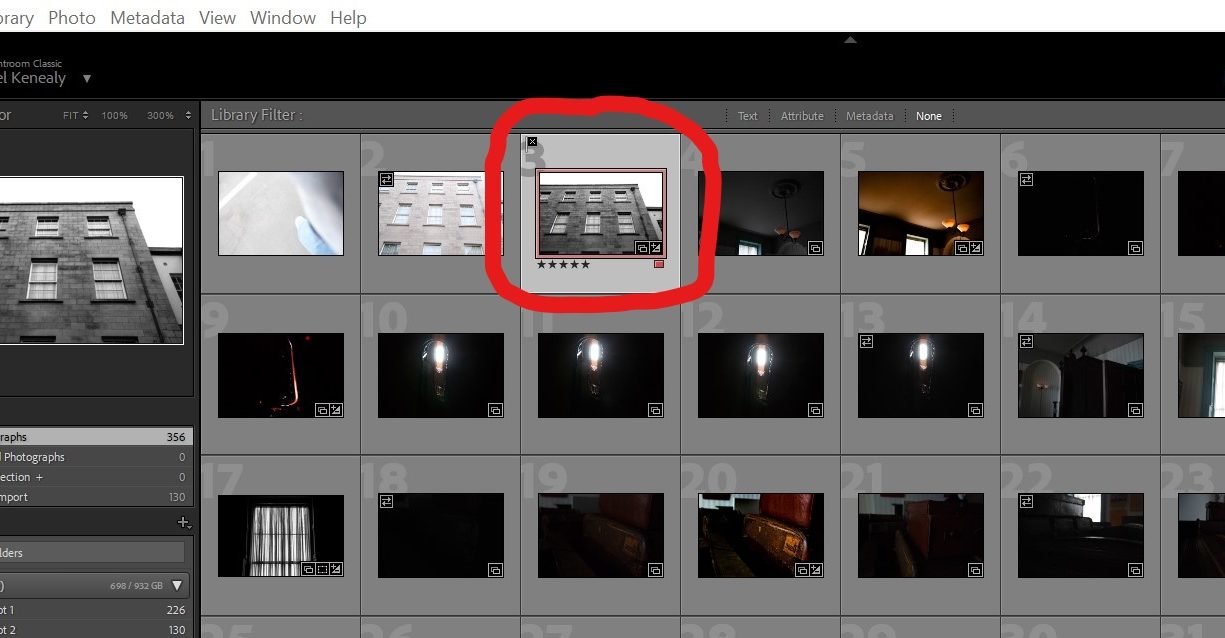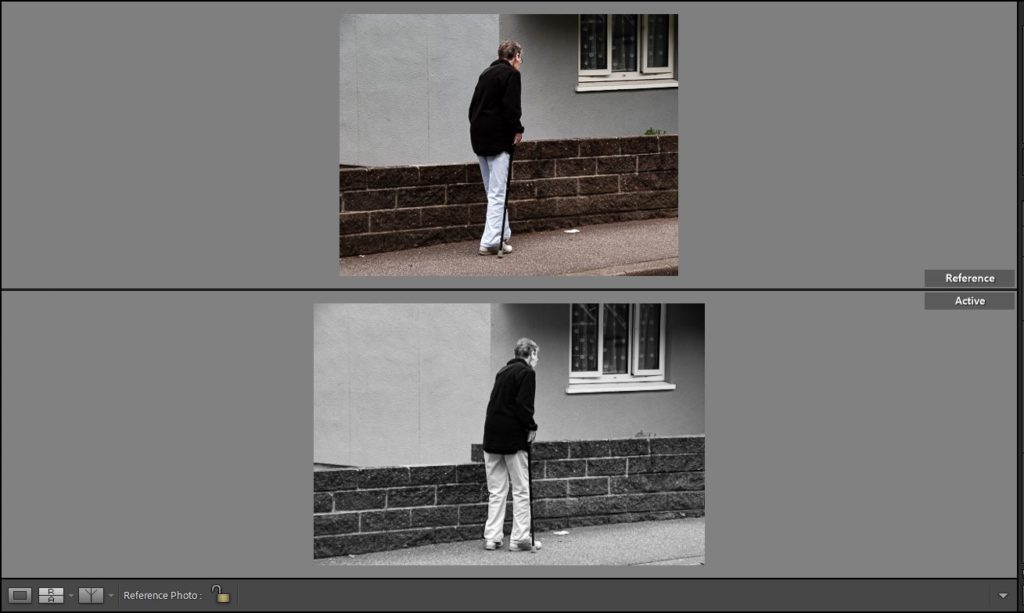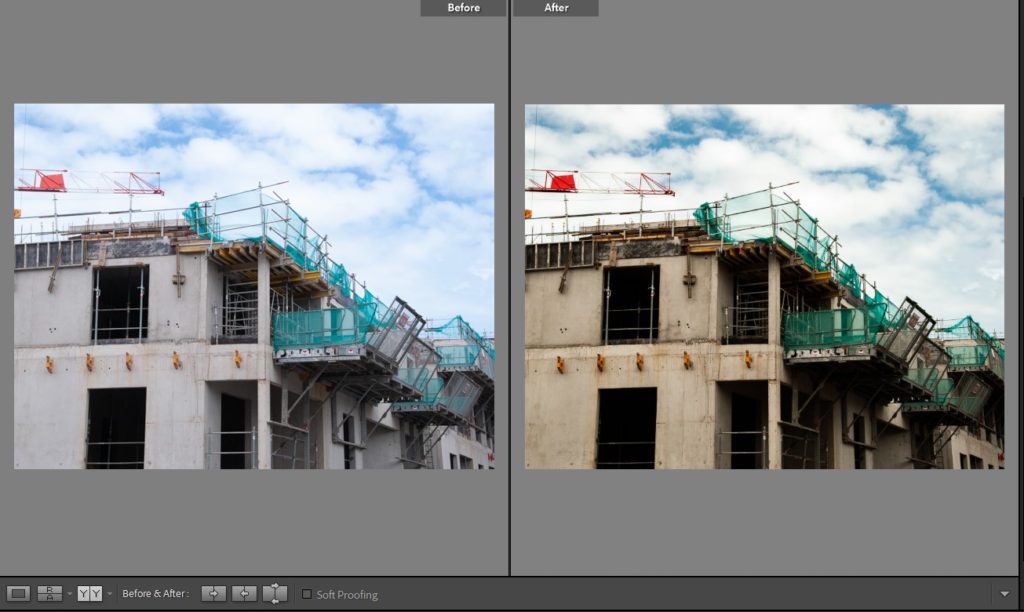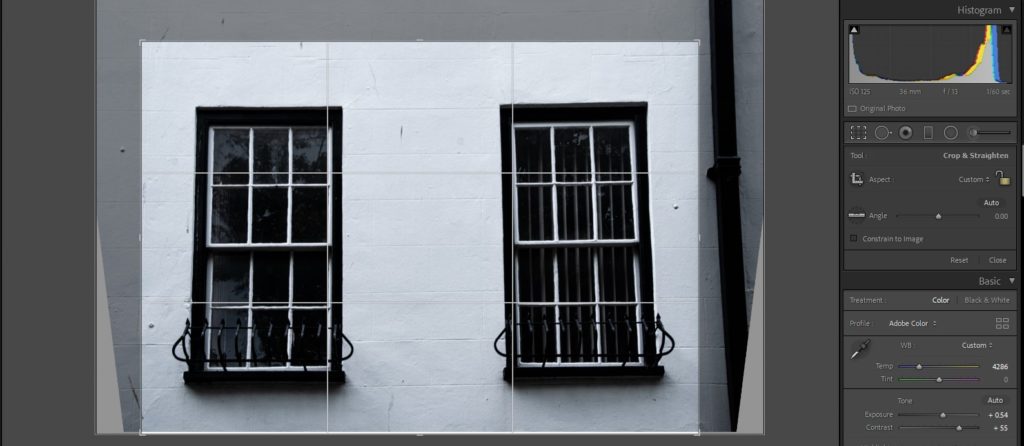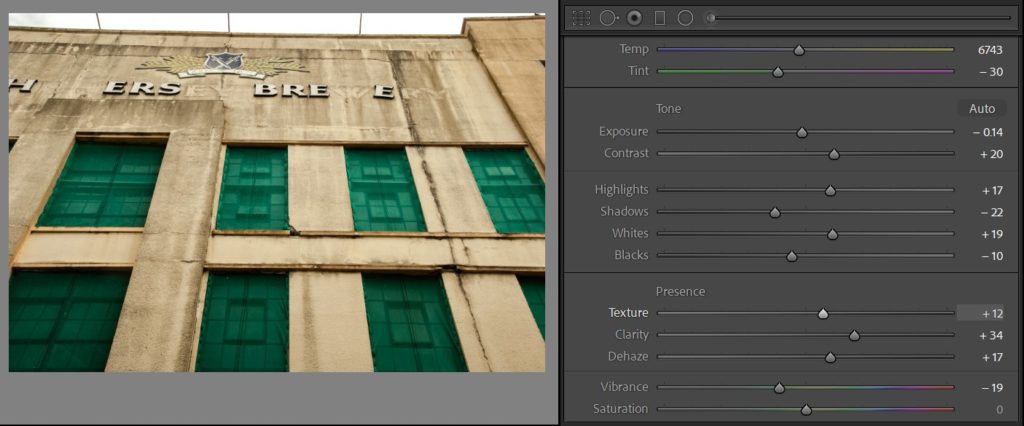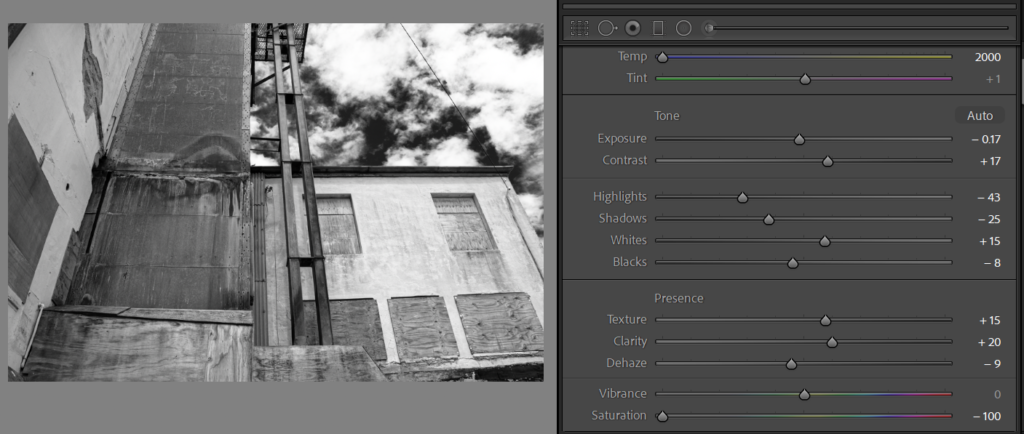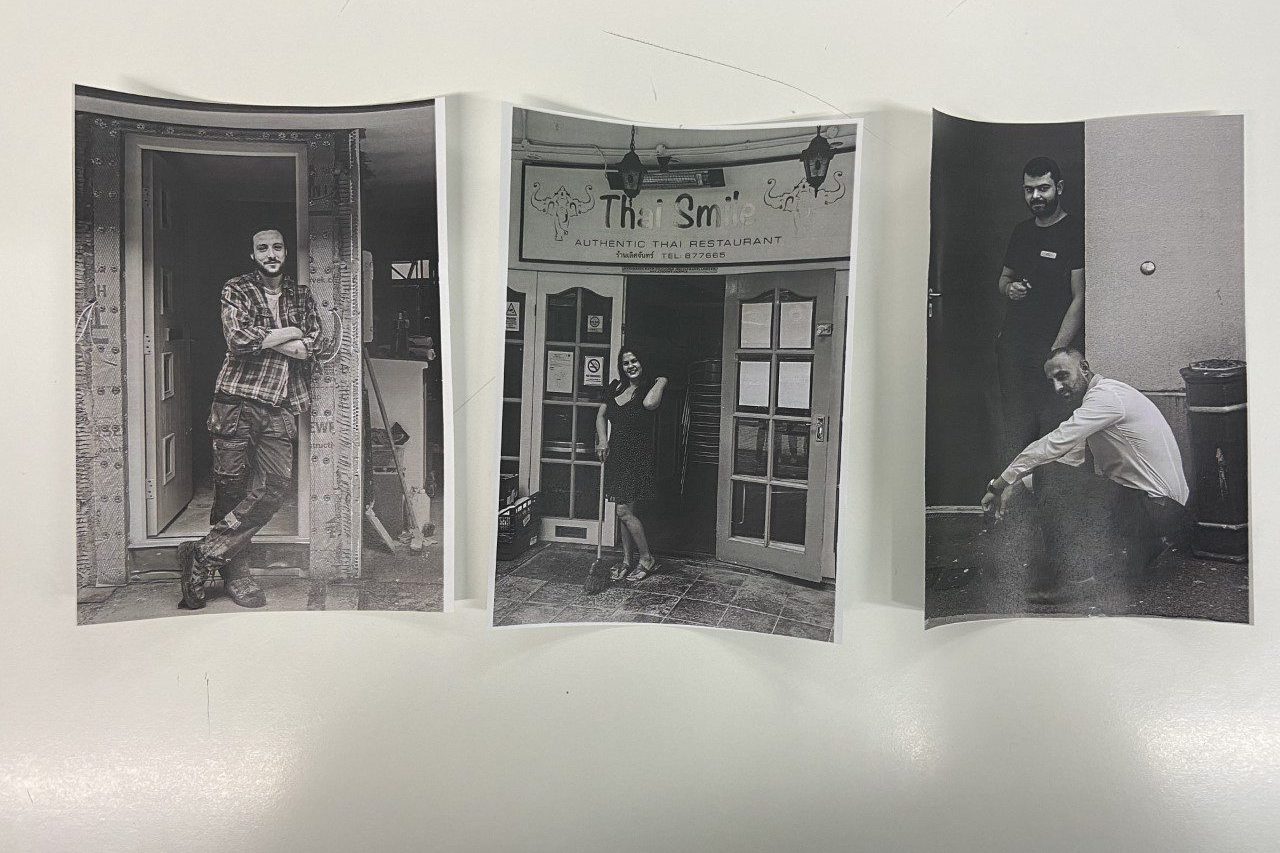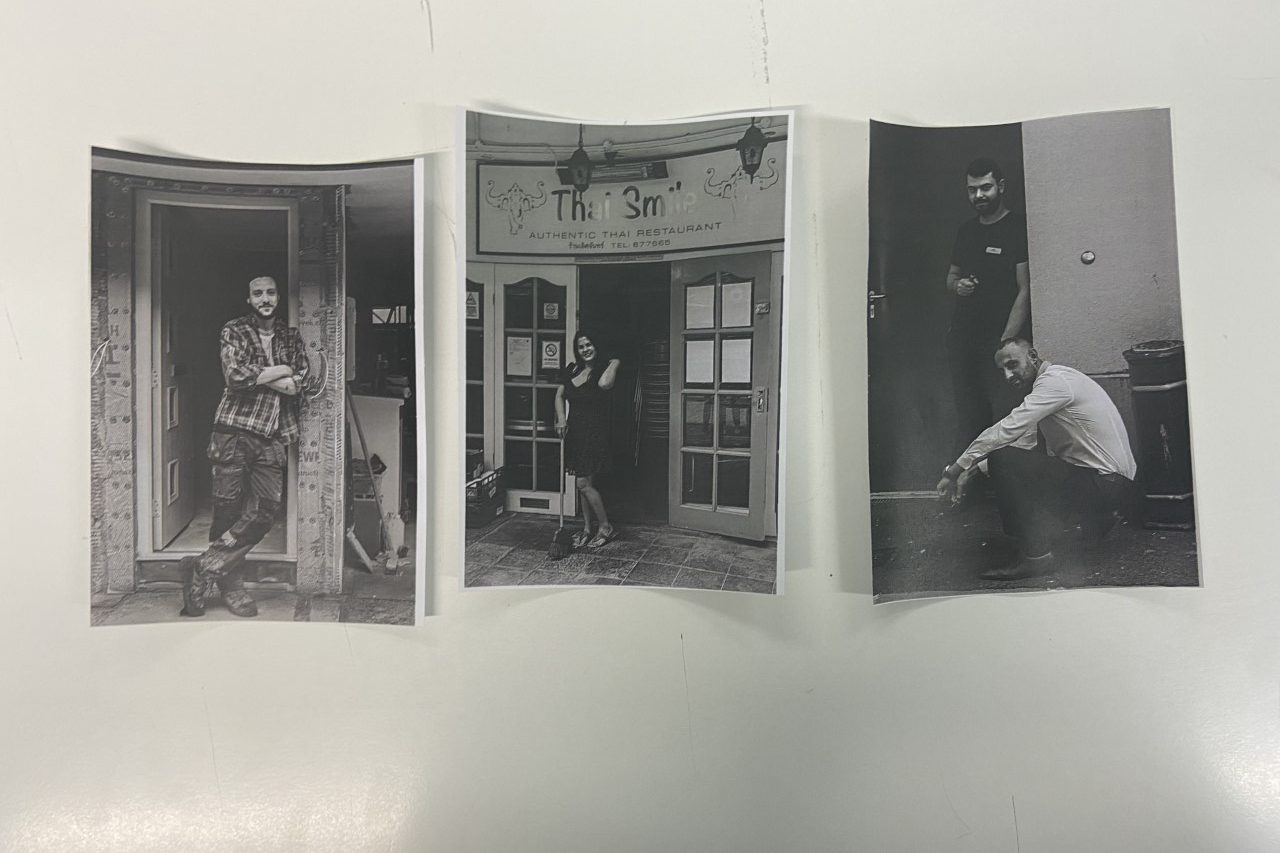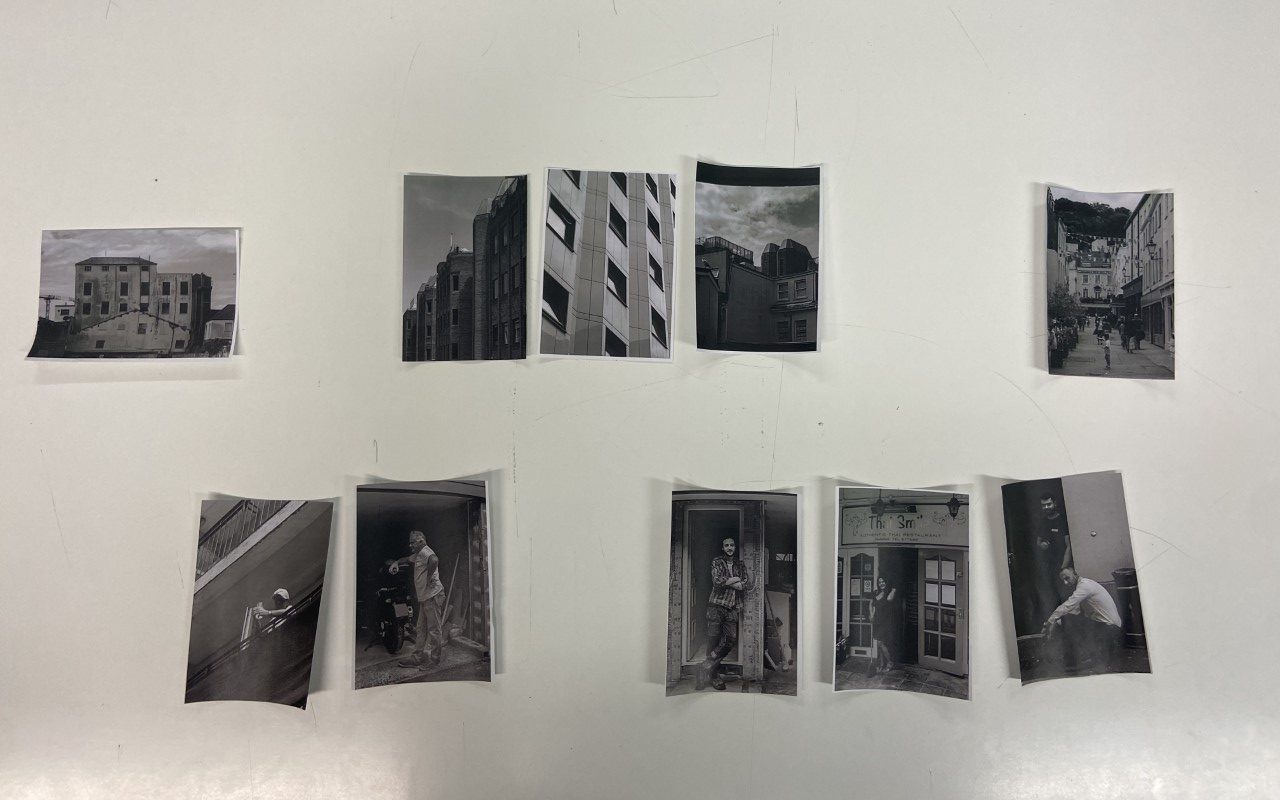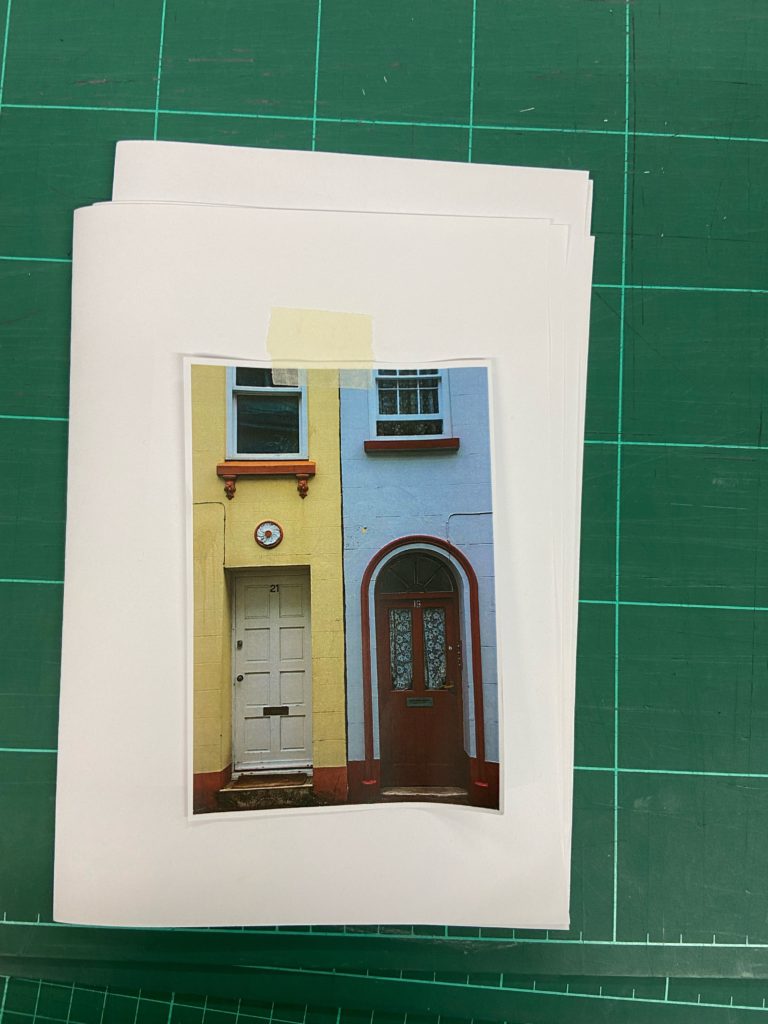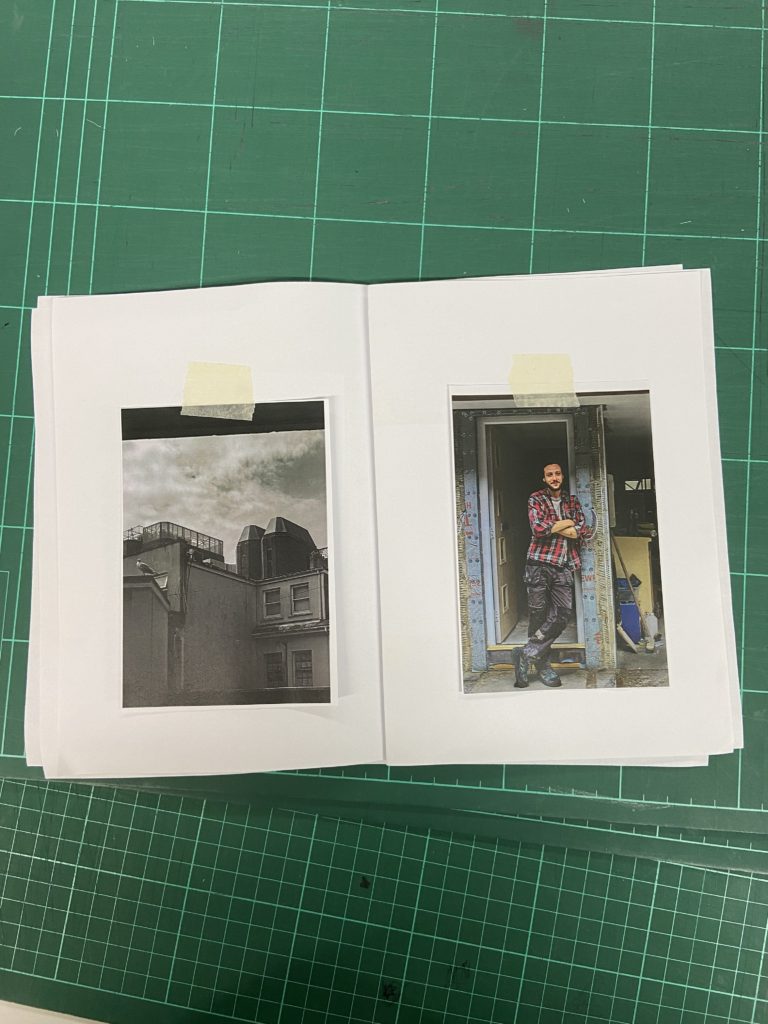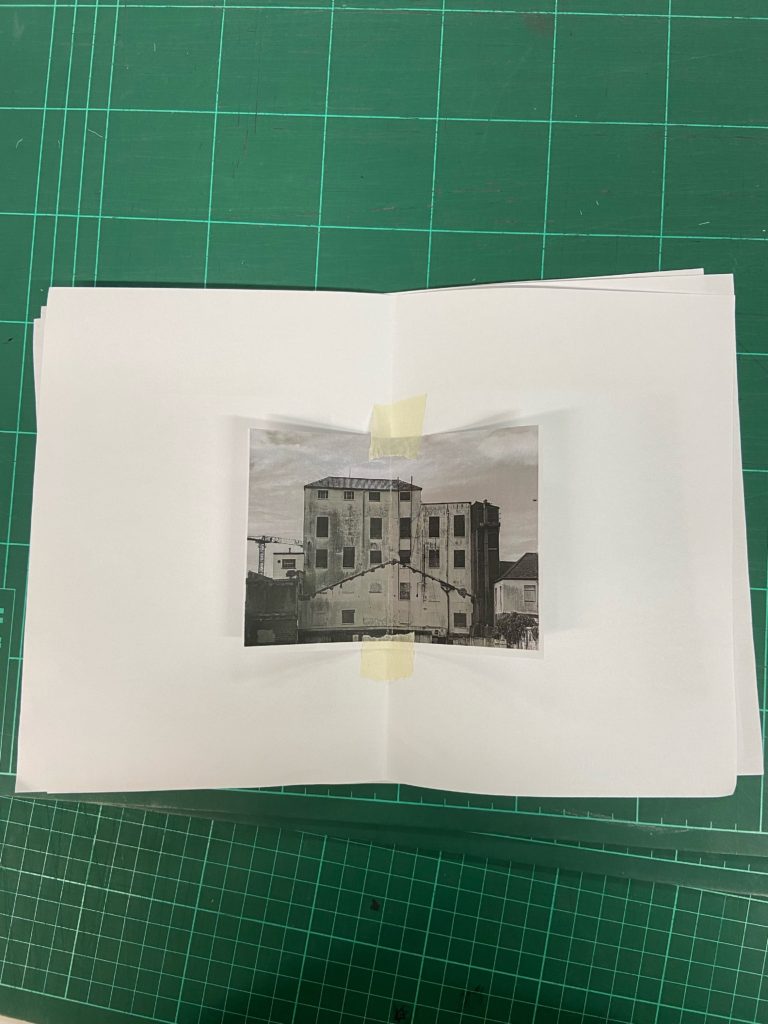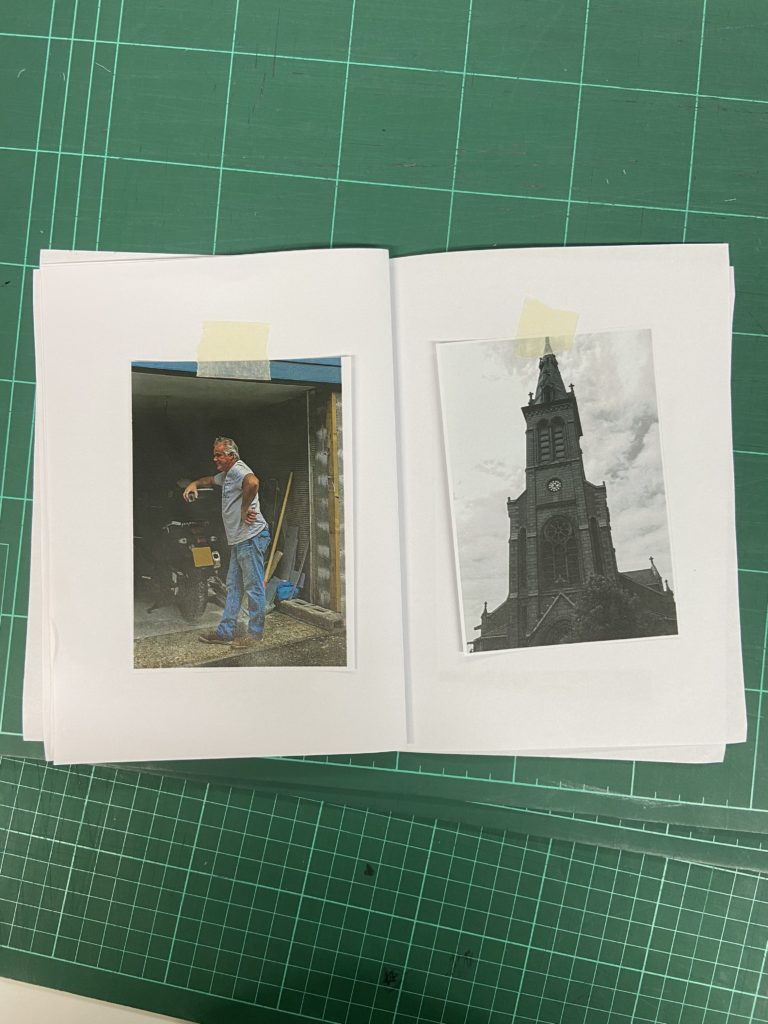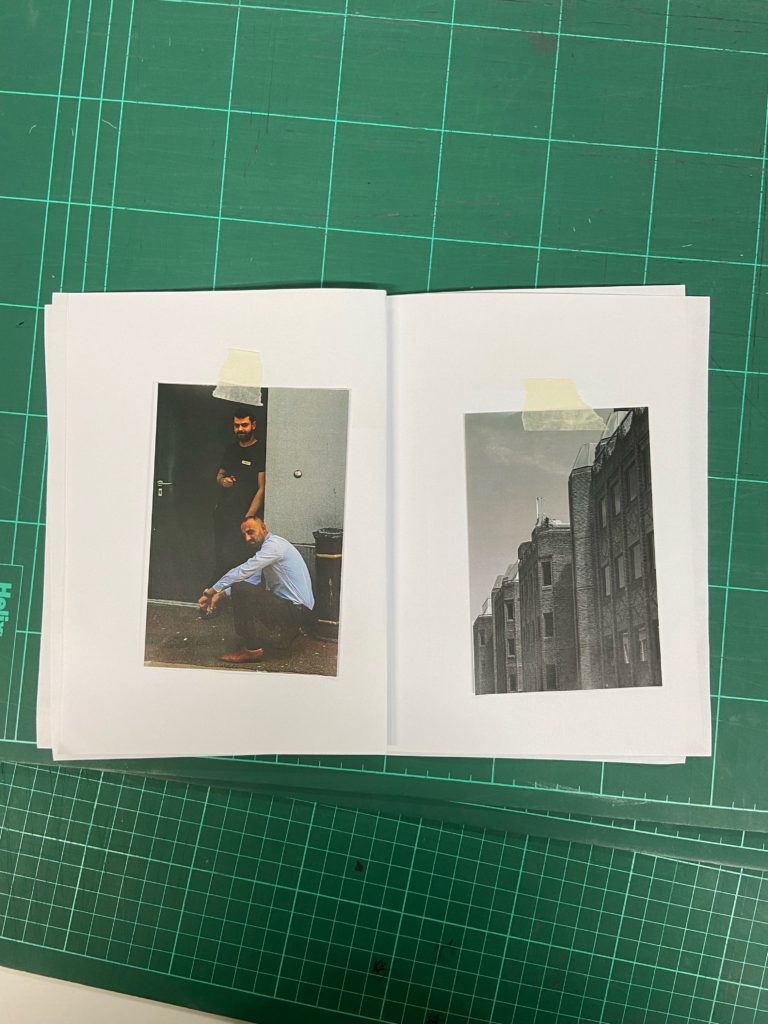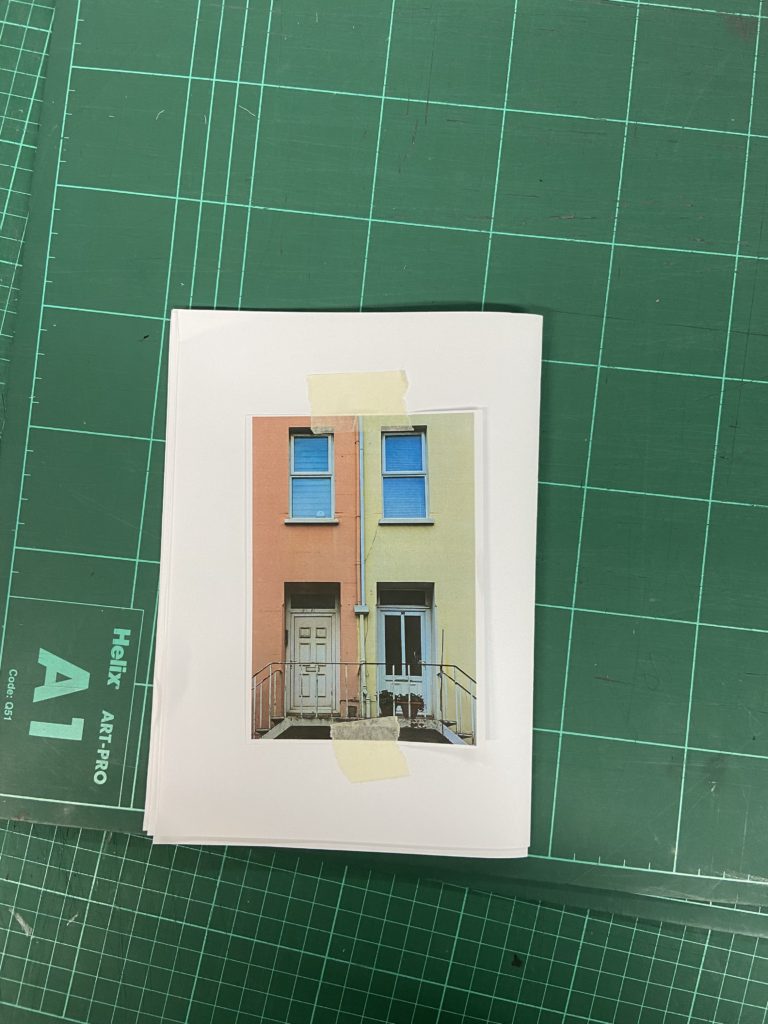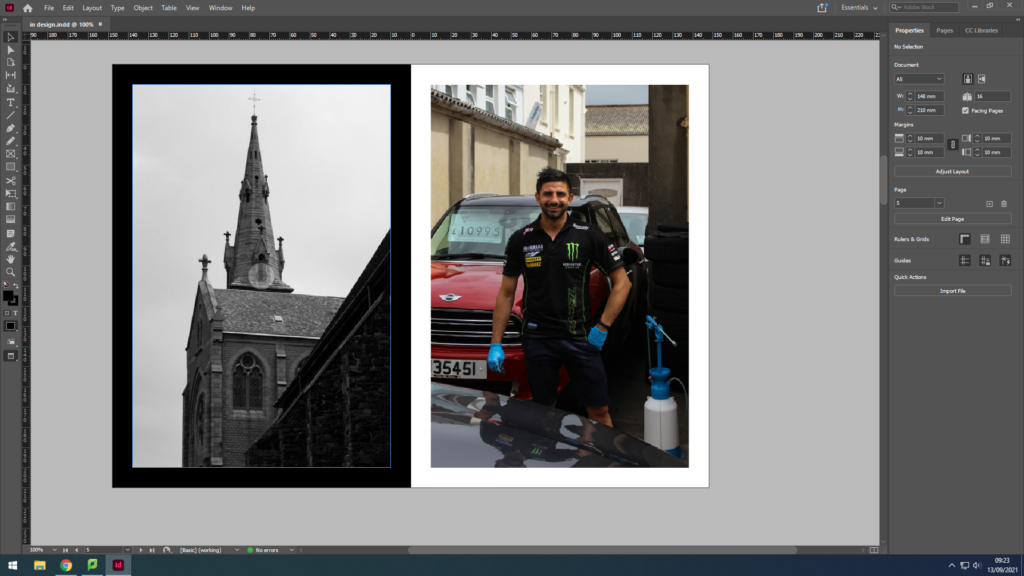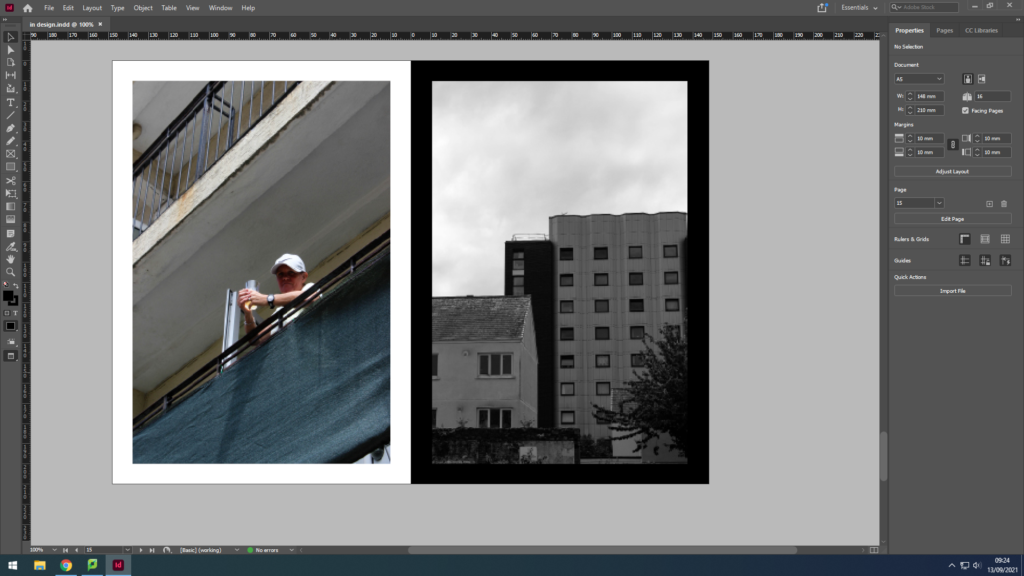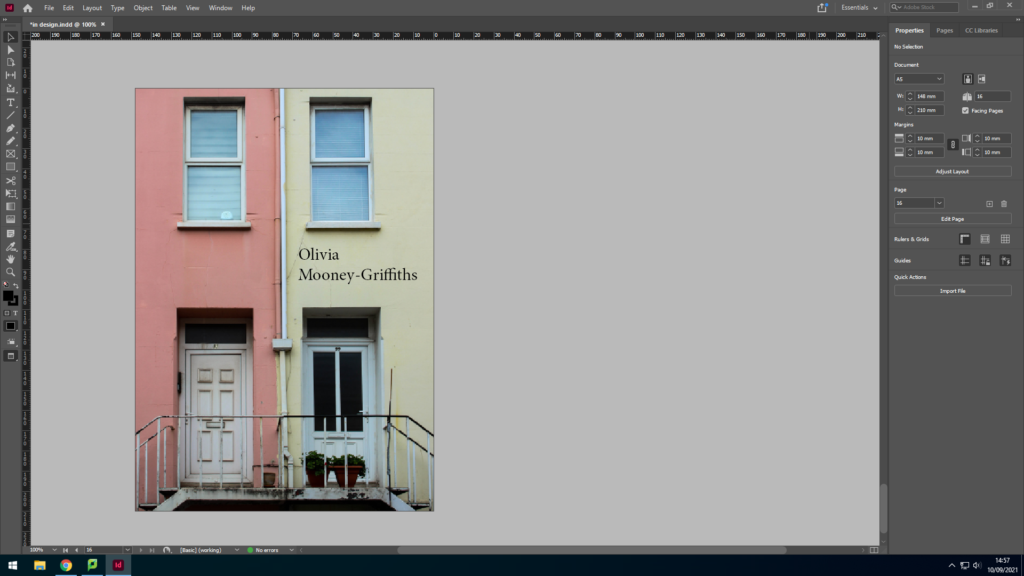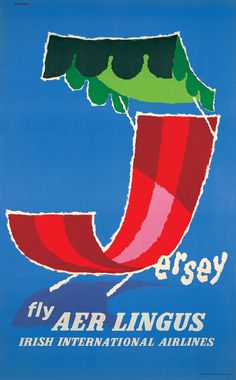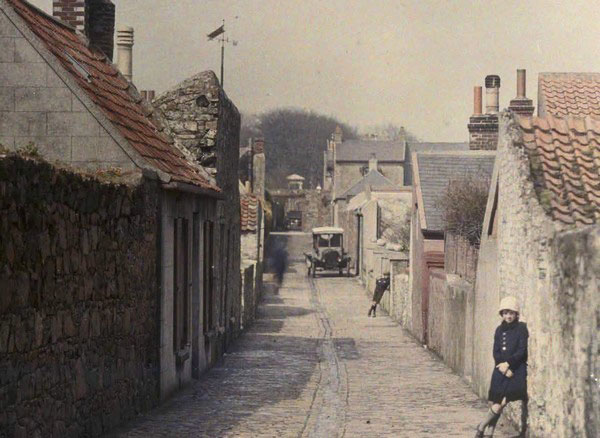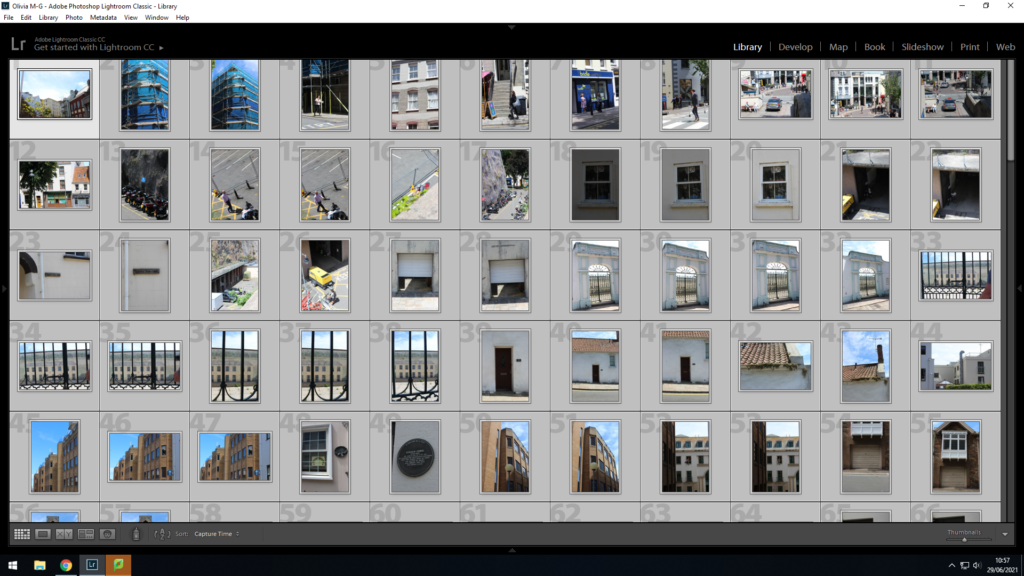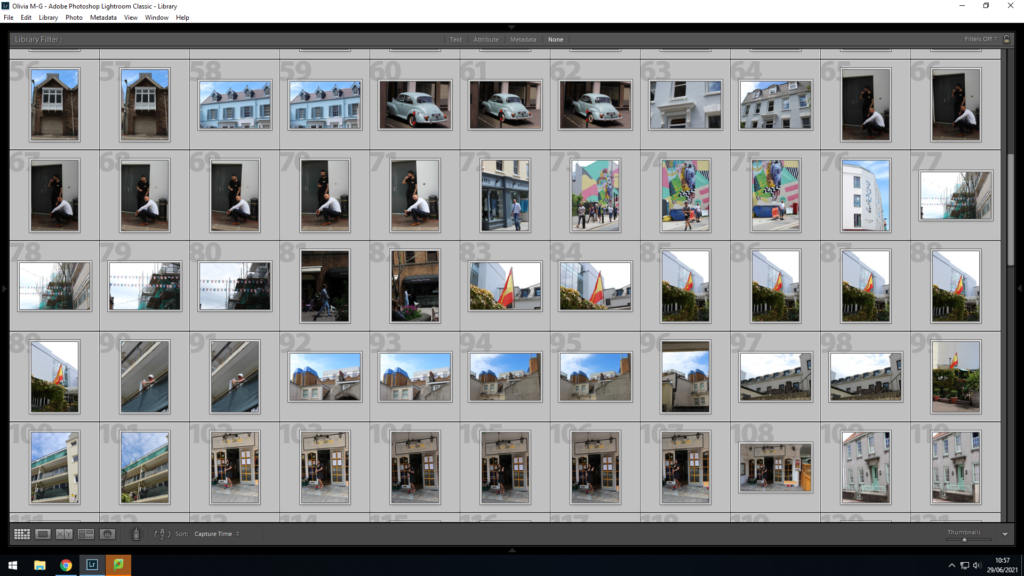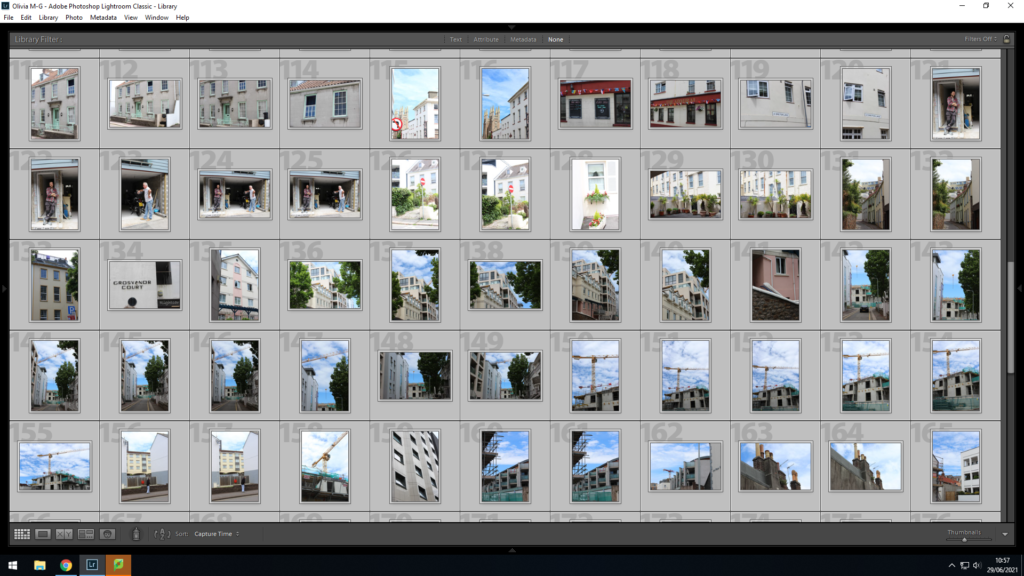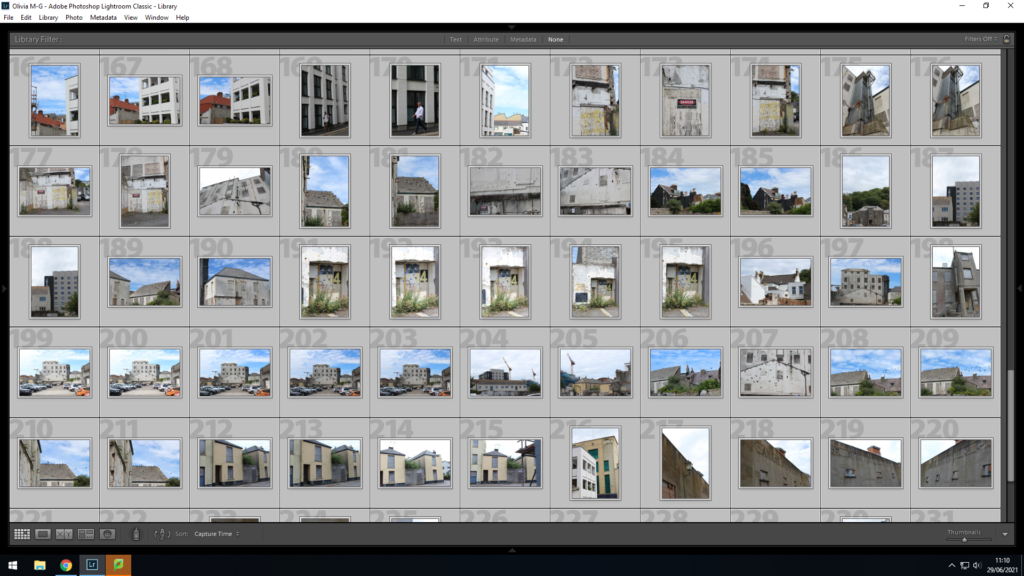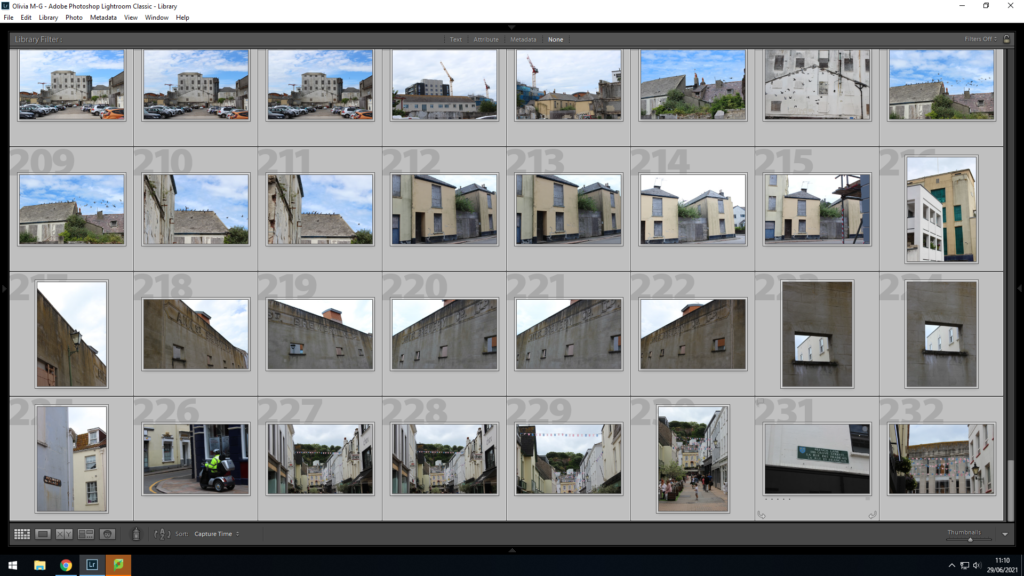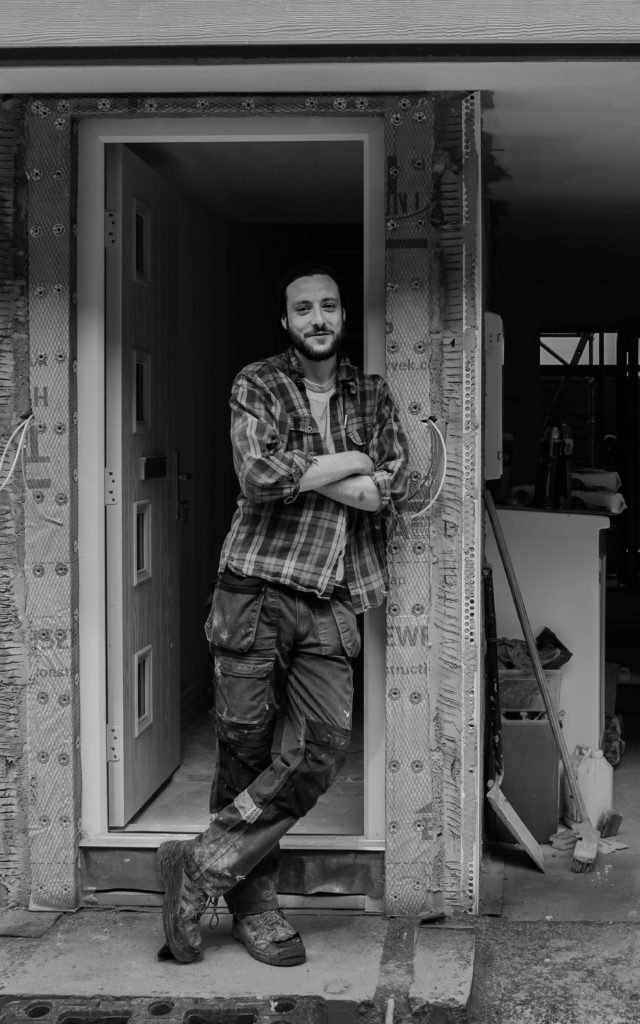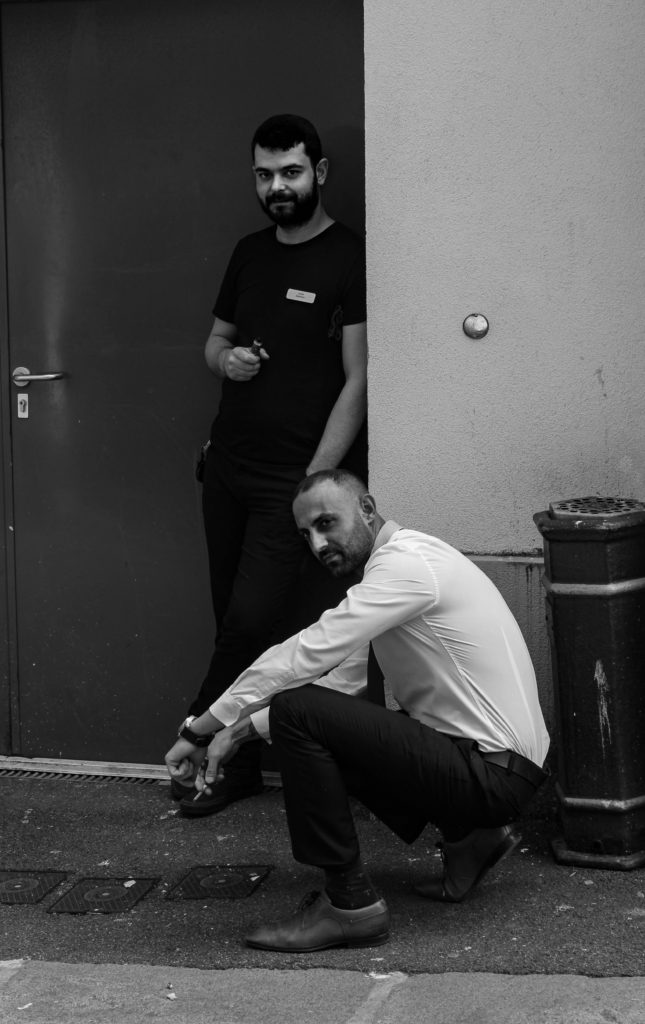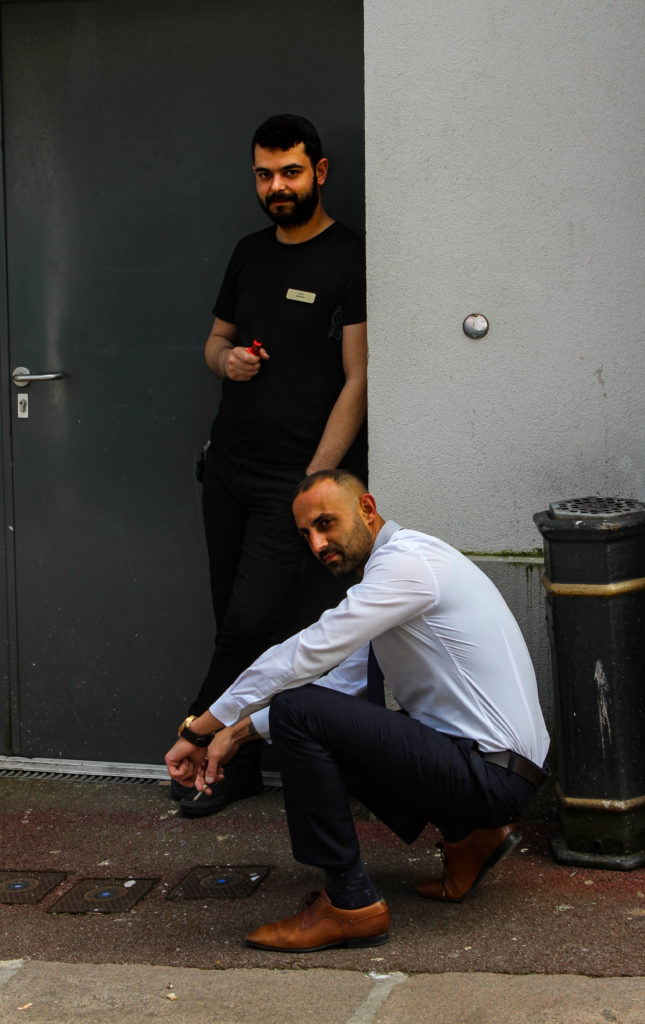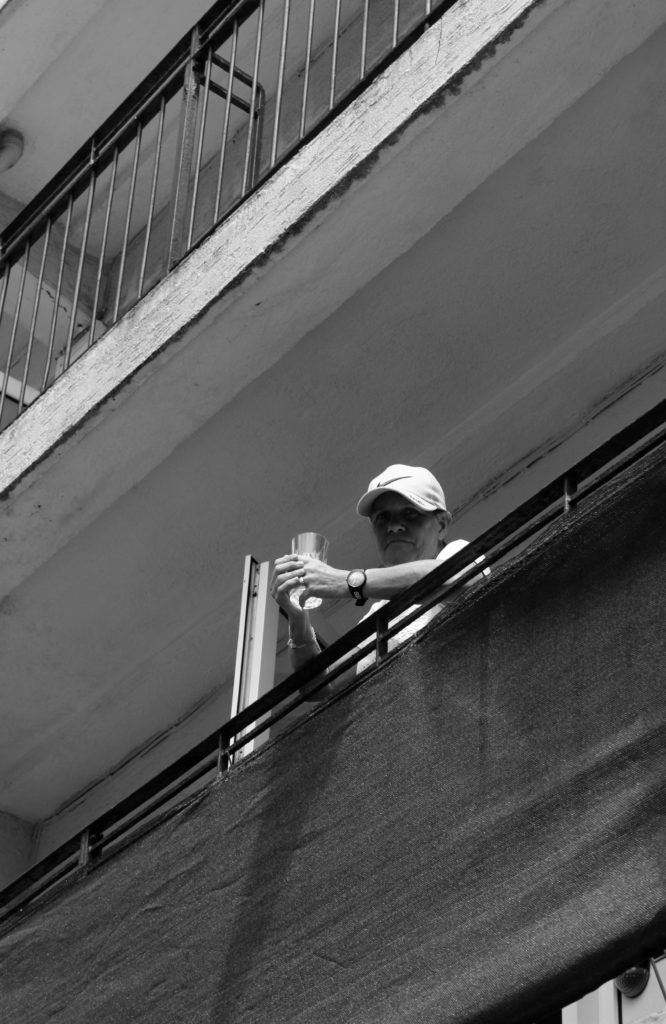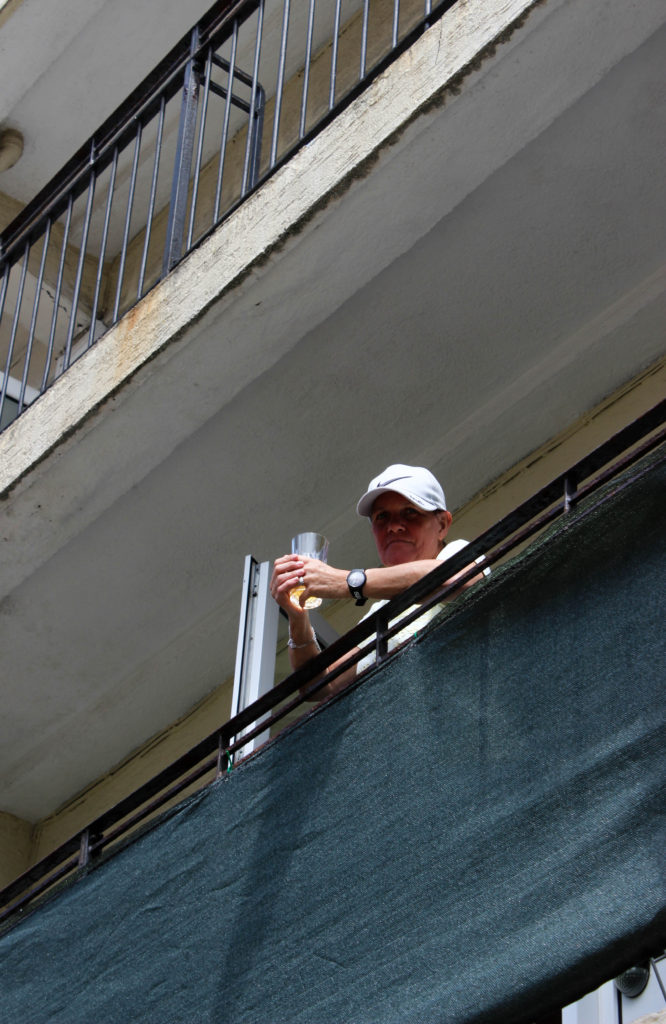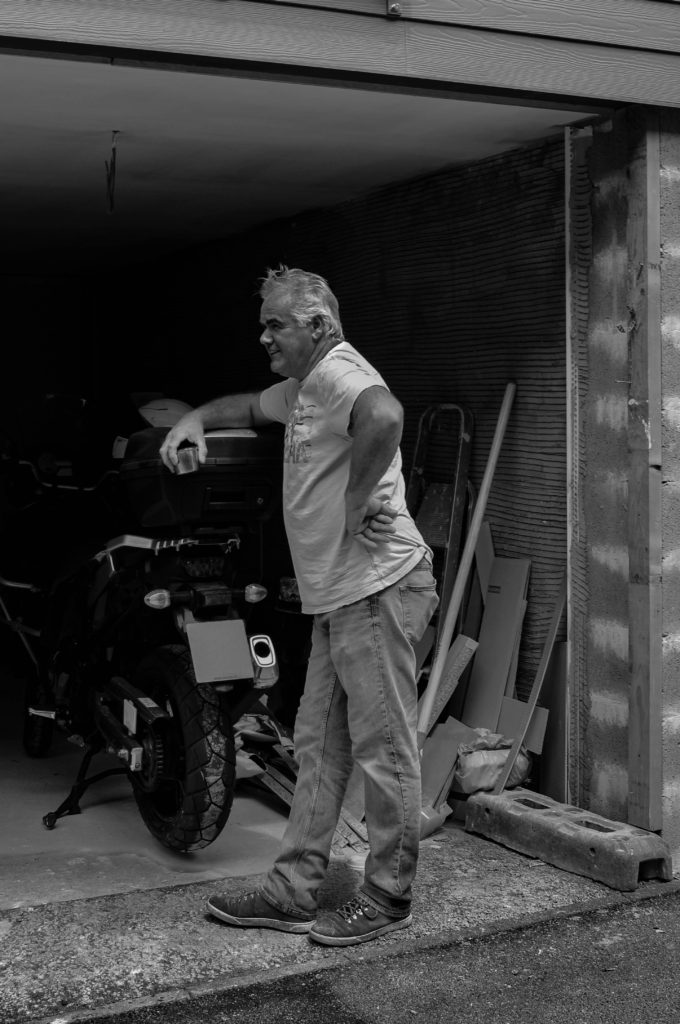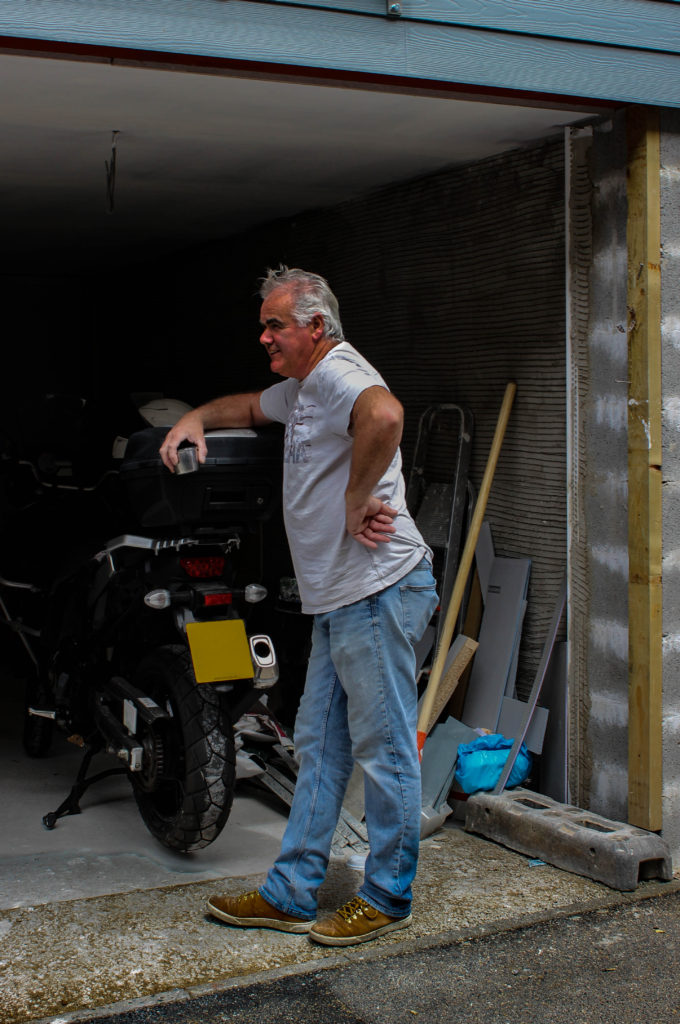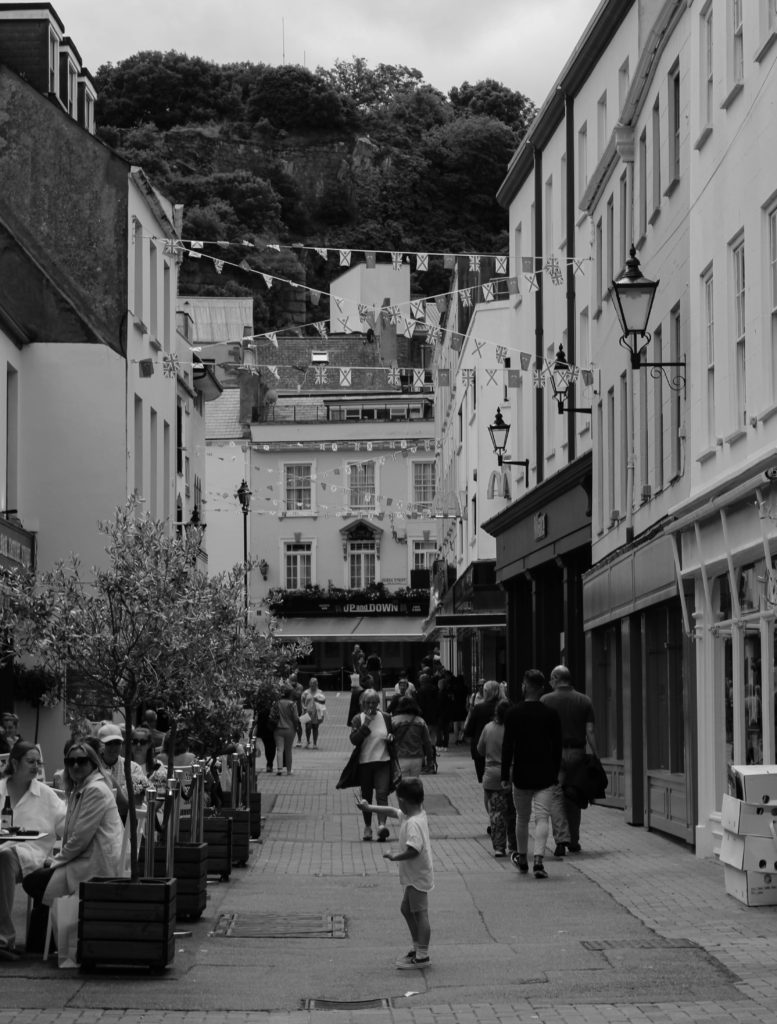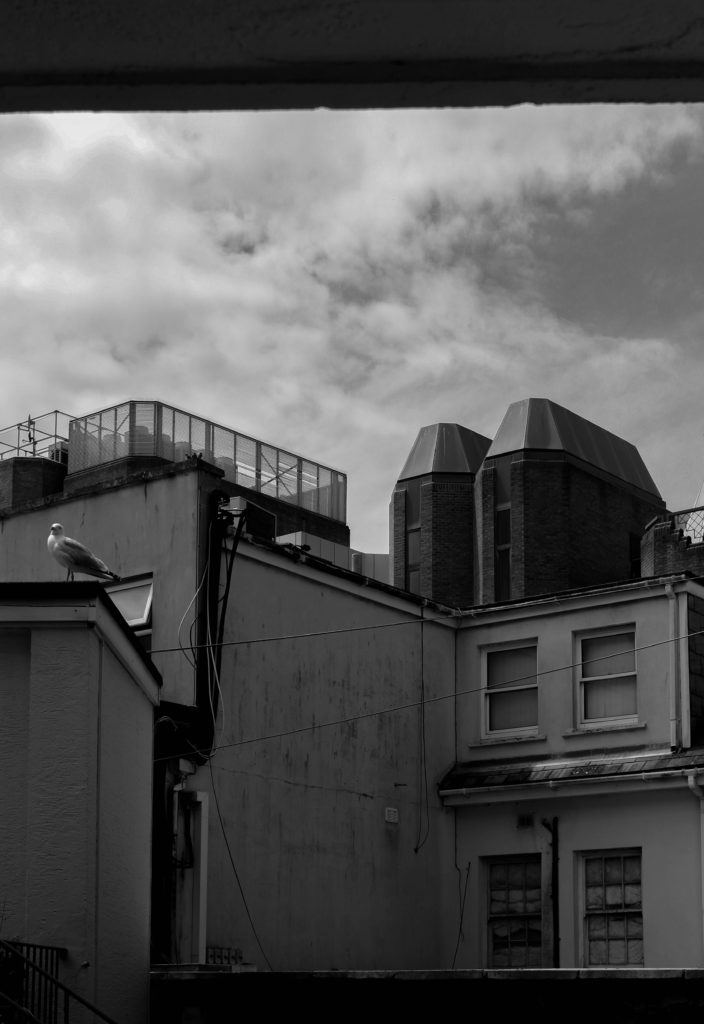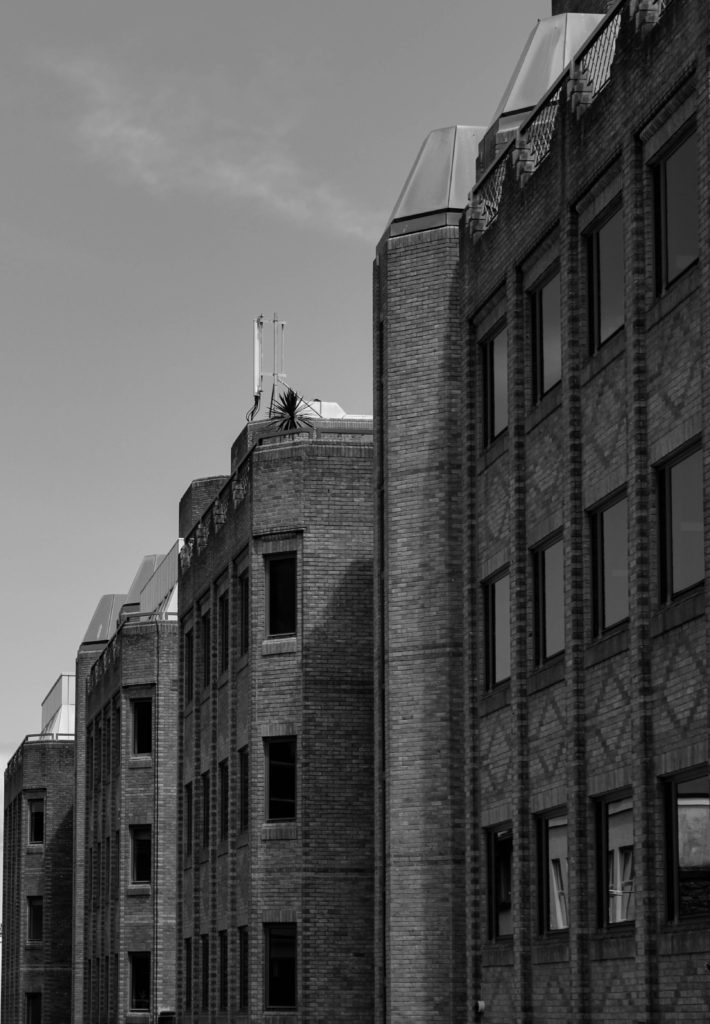Societe Jersiaise is home to a photographic archive holding 100 000 images. It is the primary collection of images in the nineteenth and twentieth century in Jersey. The archive contains images dating back to the mid-1840s. England and France are two nations who were highly innovative in developing the practice of photography from its early stages. Jersey, being sandwiched right between these gave it a rich history of photography that the archive stores away safely. This was also because when photography arrived at the Island 9 months after its discovery in 1840, it was practiced without the worry of patents restricting the medium. The archive came to be in 1873. Included in its creation were a museum and a library. The society immediately realised the importance of recording photographic history as well as buildings, monuments, and ruins. With passion for documenting through the medium of photography consistently developing for over 140 years the archive has resultantly gathered an immense record of Jersey’s history and, consequently, an amazing capsule of the history of the art of photography. By the boom of photography and its technological developments in the 1860s, the number of photography studios in St Helier has increased drastically. The archive is located in St Helier, on Pier Road which is right beside where the bustling Jersey merchant traders used to operate. Merchant trading and ship trading were huge markets in Jersey, this makes the location of Societe Jersiaise quite appropriate. The archive holds works from many photographers that operated in these locations during the boom. Early photographers such as William Collie, Charles Hugo, Thomas Sutton and Henry Mullins. Included as well are later nineteenth century photographers such as Clarence Ouless, Ernest Baudoux and Albert Smith. To follow in the 20th century the archive holds very value images from a rich point in history in Jersey. This being WWII; specifically, images from the German occupation and the liberation of the island. This proves the idea that we can learn about the different people and communities that developed through history by looking at Jerseys past. We get a direct link between what the photographers experienced and the image they took. This correlates with the idea that most people in modern times exercise some form of archiving. Archives such as family albums are common medium found in many homes. Family albums are an example of photos taken over a period and preserved within a family. They hold a special importance for many families. Just by opening it every once in a while, memories are reminisced on, evoking strong emotions and nostalgia. These archives are normally in physical form, normally a little photobook stored away in a cupboard or on the coffee table. These have tangibility about them, and a person can connect with the archive by physically picking up the album and flicking through the pages. However, some everyday archives are kept in digital format. As we move to a more digital age, almost everyone alive has a mobile phone stuck to their hand. This means that almost everyone is some form of archivist. Most of us have vast albums of photos on our mobile devices. Newer phones are always coming out with larger amounts of storage to facilitate these images. This means most of us are carrying around a rich archive of images we have created and preserved on our mobile devices. We carry around affluent history on our phones. Even the text messages we have accumulated over years and years can be seen as a form of an archive. These archives can immediately tell a comprehensive story about one’s personality and history. Detailed insight into a person’s life and their experiences, their relationships, their interests, where they live, their career and everything in between just by looking at their camera album on their phone. This further gives understanding of society and its technological development along with its cultural development and history.
William Collie was a Jersey photographer from the 19th century. Some of Colliers previously unpublished photographs featured in an exhibition at the Musée Dorsay in Paris in 2008. This exhibition boasted some of the first photographs taken on paper in Britain from 1840 to 1860. Below is one of those photographs. It was taken in 1847. It is of Jersey Market women.

This photograph leads onto the next interesting element to note about Williams work. Williams works capturing these portrait style images was one of the earliest signs of tableau photography recorded. Tableau photography is an intentional form of photographing characters who are arranged for picturesque or dramatic effect and appear absorbed and completely unaware of the existence of the photographer/viewer. His work is featured at Societe Jersiaise’s archive. The archive further gives us knowledge of some of the first photos ever taken. William’s contribution is highly valuable. This is not just because he was one of the first to bring photography to the island but because we start to see the contribution of artistic entries into the archive as apposed to just documentative entries. The archive can provide an archaeological view into when photography started to shift from a documentative process to a more artistic one; all due to Williams early tableau works.

The above photograph is part of Williams ‘Market Women’ collection. The image is of a professionally composed tableau portrait where a young lady is dressed as a Jersey market woman. She is wearing what would be working class clothing of the time. The mise en scene of the image tells the story of a market environment with the hanging basket and what seems to be produced on the ground. The subject has been directed to look away from the lens. This enforces a notion that the subject is absorbed and used to create a dramatic effect; this almost gives the character a sense of elegance but also sovereignty. This sense of emotion the lady is portraying could give us an understanding of the historical context of the image as in the 19th century Jersey saw massive changes in society. A large influx of immigrants from England made Jersey a more connected island than ever before and brought with it cultural changes and the desire for political reform. During this period, the States reformed to become more representative of the population and the Jersey culture became more anglicised and less religious. The island also grew economically, and the built-up areas of the island expanded, especially St Helier, with the development of public transport on the island. This lady could have been represented as a part of this powerful time in St Helier as she is portrayed as a market woman, aiding in the growth of the town. William Collie was probably the first photographer to use the calotype process in Jersey. This is a technique, were a sheet of paper coated with silver chloride was exposed to light in a camera obscura; those areas hit by light became dark in tone, yielding a negative image. The image has an artistic contrast created by the calotype method of photography that Collier was renowned for. The negative light gives a wide tonal range from dark tones in the subject’s hair to a pure white tone just an inch down on her collar. This contrast also gives the background a grainy texture as the shadows on the bricks are accentuated. I believe this allows the viewer to focus on the structure of the image and creates a clear contrast which builds the foundation of the image and shines focus on the features of the character being shot.
In conclusion a lot can be gained from archives in terms of physical, political and social contexts in our society by looking at history in a sensory fashion; looking at images gives us a way to see through the eyes of people living different lives before us. We learn about the different emotions of each social structures at different times by interpreting the photographers’ emotions that get portrayed into an image. This will be the fashion I approach documenting communities in St Helier. I want to be able to capture detailed history of the communities at the time but at the same time interpreting William Collies artistic approach to capture the emotion of the social structures through my images.

